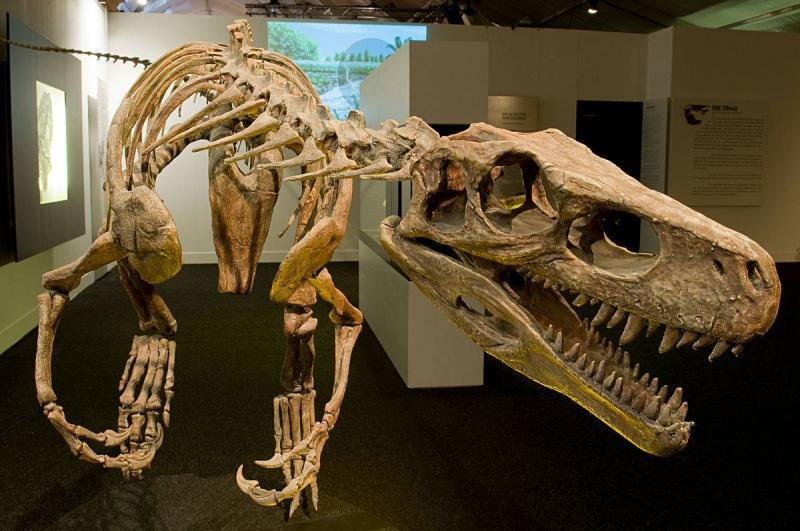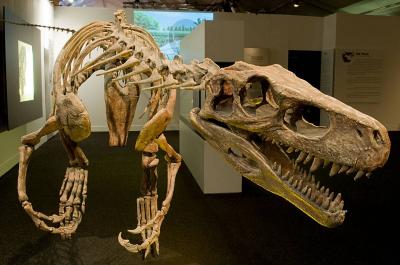Scientists know that about 66 million years ago, a significant event occurred on Earth that led to the extinction of the dinosaurs—the Chicxulub impactor, which left behind a massive crater off the coast of Mexico, measuring 93 miles in diameter and 12 miles deep.
While scientists recognize that this was the reason many species on Earth went extinct at that time, there is debate about the nature of the Chicxulub impactor and its origins. The long-standing mystery that has puzzled scientists is the source of this meteor or comet and why it struck the Earth. A new study by Harvard astrophysics student Amir Siraj and astronomer Avi Loeb investigated the origins and journey of this devastating meteor before its collision with Earth. The researchers used statistical analysis and gravitational simulations to calculate that a significant number of long-period comets originating from the Oort cloud could be diverted from their trajectories due to the gravitational field of Jupiter as they pass through its orbit.
Additionally, comets known as sungrazers, under the influence of strong tidal forces, can break apart into rocky fragments and create cometary debris as they pass near the Sun. During this time, the part of the comet closest to the Sun is affected by stronger gravity than the part farther away, leading to tidal forces across the celestial body, which can result in a disruption where a large comet splits into many smaller pieces that become rocky debris flying through space.
Furthermore, an important aspect of this event is that there is a greater chance for one of those fragments to collide with Earth on its return journey to the Oort cloud. The new calculations by the researchers indicate that the likelihood of long-period comets impacting Earth increases by about tenfold in this scenario, with approximately 20% of long-period comets also becoming destructive rocky comets.
It is noteworthy that the impact rate associated with the Chicxulub meteor provides a satisfying explanation for its origin and other similar celestial bodies. Evidence found in the Chicxulub crater suggests that the impactor was composed of carbonaceous chondrite material, which is commonly found in long-period comets but is rare in asteroids.




